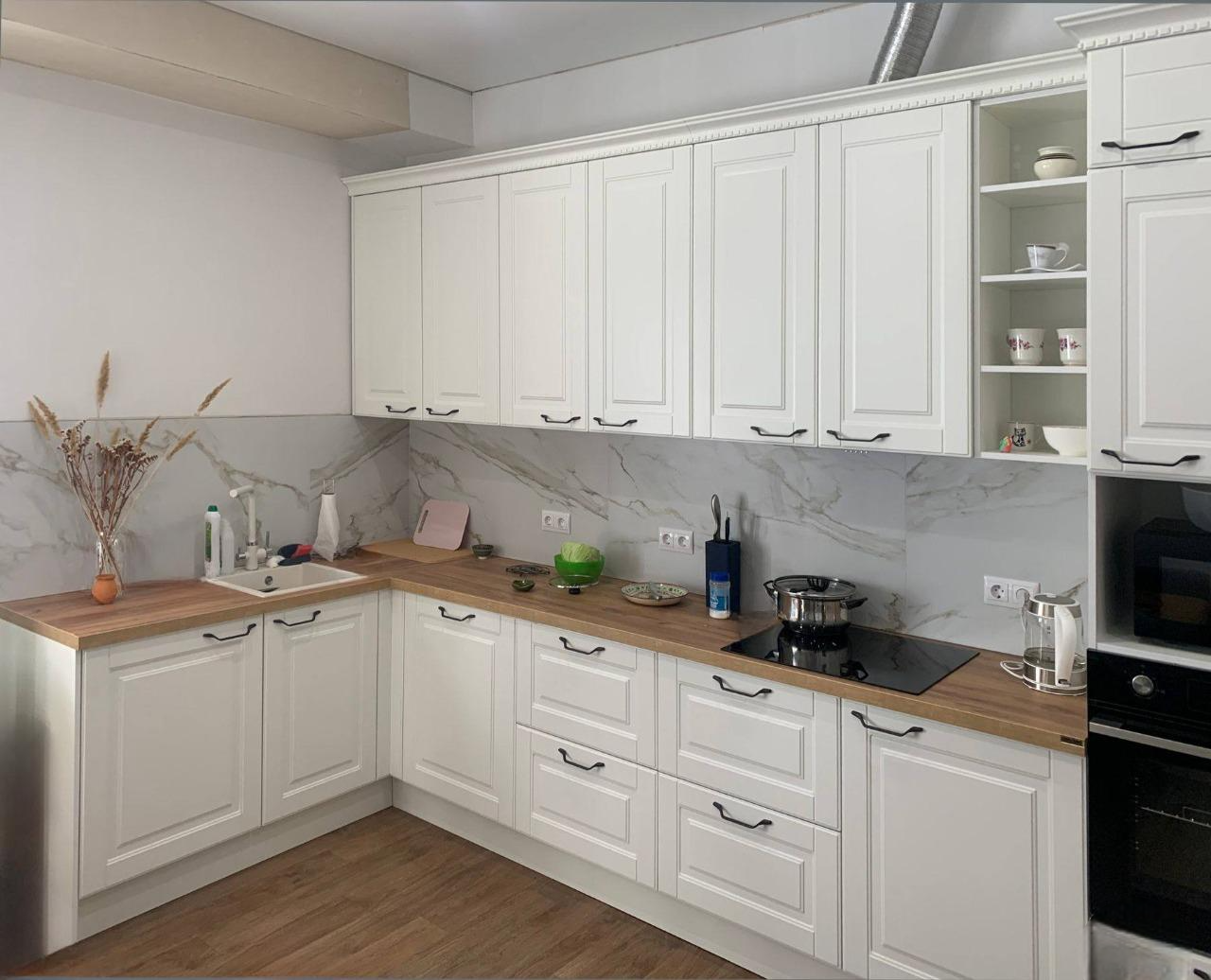
The Evolution of Culinary Spaces
The concept of culinary spaces is undergoing a dramatic transformation. In recent years, we've seen the kitchen evolve from a purely functional area used for cooking and food preparation into a multifunctional hub that serves as the heart of the home. This shift has resulted in a redefined perspective on what culinary spaces are and how they are used, leading to innovative designs, technology integration, and a focus on social interaction.
Integrating Technology and Functionality
One of the most significant changes in culinary spaces is the introduction of technology. Smart appliances, voice-activated systems, and IoT devices are becoming increasingly common, offering convenience and efficiency. With these advances, kitchens are no longer just about cooking; they are about experiencing the latest in tech to make life easier and more enjoyable. Functionality also means optimizing space, with modular design and multi-purpose fixtures becoming more prevalent to accommodate smaller urban living environments.
The Rise of Social Kitchens
Culinary spaces have become social centers of the home, where family and friends gather not just to eat, but also to socialize, work, and play. This has led to open-concept designs that merge the kitchen with living and dining areas. Large islands with seating, walk-in pantries, and wet bars are a few features that facilitate this trend, making kitchens the ultimate place for interaction and entertainment.
Emphasis on Sustainability and Health
As we become more conscious of our environmental impact and health, culinary spaces reflect this trend. Sustainable materials like bamboo, recycled glass, and composites are popular choices for countertops, cabinetry, and flooring. Additionally, the integration of indoor gardens, composting systems, and water filtration systems signifies a movement towards wellness and sustainability in kitchen design.
Design Aesthetics That Speak Volumes
The aesthetics of culinary spaces have also been redefined. There's a move away from the purely utilitarian to a blend of form and function that reflects personal style and innovation. From sleek minimalist lines to warm, rustic textures, the variety of design options means that culinary spaces are as much a statement about individuality as they are about cooking. Customization is key, with unique color palettes, statement lighting, and distinctive material choices allowing homeowners to express their style.
The Future of Culinary Spaces
Looking ahead, culinary spaces will continue to evolve, incorporating AI and further advancements in smart home technology. Personalized automated systems that can help manage food inventory, suggest recipes based on ingredients on hand, or even assist in cooking could become a reality in the kitchens of tomorrow. As these spaces continue to redefine themselves, one thing is clear – the kitchen will remain at the forefront of both innovation and daily life.